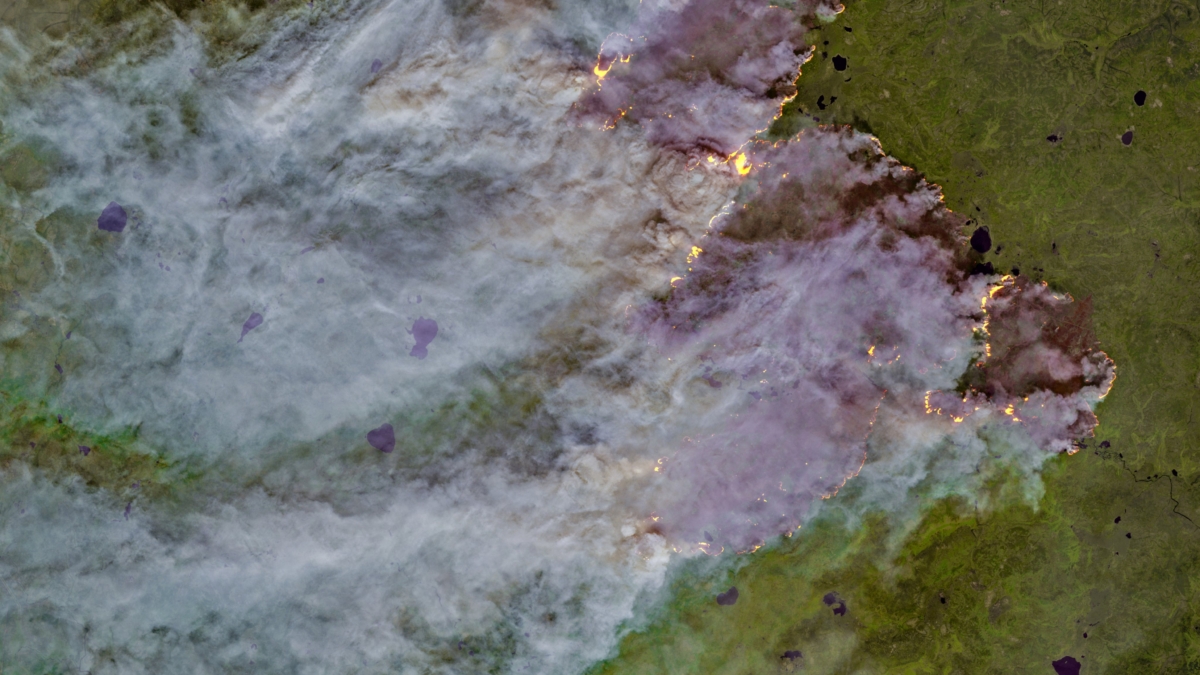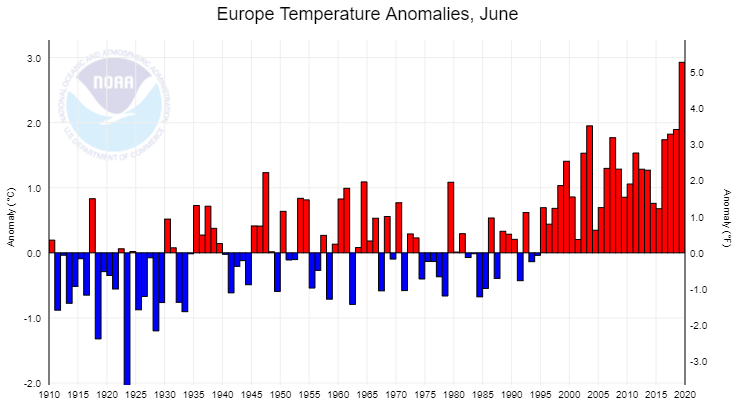Sargassum seaweed soils Space Coast beaches at record levels in 2023 – “This year’s Sargassum bloom will likely be the largest ever recorded, with major impacts throughout the next few months”

By Jim Waymer
12 April 2023
(Florida Today) – We’re already in the weeds.
All that stringy stuff that washed up on Brevard County beaches this past week is just the beginning of what scientists predict will grow into the largest-ever bloom of Sargassum seaweed ever recorded.
Sargassum, which the Caribbean Sea delivers seasonally to the Gulf Stream and then Central Florida’s beaches, can dominate the surf zone, but usually only in the summer, to the bane of those fishing or surfing and all others who prefer weed-free wading.
But scientists at University of South Florida, using satellite data, are finding record masses — an estimated 13 million tons —of the seaweed for this time of year surround and/or are approaching Florida.

“Sargassum quantity will continue to increase, and Sargassum in the east Caribbean will continue to accumulate and migrate westward, some of which will be transported to the Gulf of Mexico to impact Florida,” USF scientists wrote in their March 31 Sargassum outlook bulletin. “As previously predicted, although the peak month of June or July is several months away, there is already a sign that this year’s Sargassum bloom will likely be the largest ever recorded, with major impacts throughout the next few months.”
Oceanographers have found Sargassum seaweed and other macroalgae has been thickening on our beaches every year, due in part to climate change and more nutrients running off into Caribbean waters. Sargassum originates from the eastern Caribbean and spreads throughout Florida’s East Coast and elsewhere.
“Some news reports called this year’s Sargassum bloom a giant ‘blob,’” USF’s bulletin says. “In reality, however, the bloom refers to Sargassum clumps and mats scattered randomly within the 5,000-mile Sargassum belt,” which extends from west of Africa to the Gulf of Mexico. “Although the total quantity is large, the average density within the belt is rather low (<0.1%, i.e., less than 0.1% of the ocean is covered by Sargassum).”
Winds dictate when and where these stringy weeds lap up.
For centuries, pelagic Sargassum, floating brown seaweed, have grown in low nutrient waters of the Atlantic Ocean, supported by natural nutrient sources such as fish and invertebrates’ excretions and ocean upwelling. But as fertilizers, wastewater, and other human source have increased the nitrogen and phosphorus into rivers that feed the ocean, the seaweed has been growing out of control over the past decade.
Florida Atlantic University researchers have for years shown seasonal Sargassum here and elsewhere in the tropical Atlantic has grown worse in recent years because of increasing nitrogen and phosphorus from discharges from the Congo, Amazon, and Mississippi rivers, atmospheric deposition from Saharan dust, and biomass burning of vegetation in central and South Africa.
The summer of 2022 set Sargassum records, too: Combined, the total amount of the weed increased from 18.8 million tons in May 2022 to 24.2 million tons in June 2022, setting a new historical record, according to the University of South Florida scientists July 2 bulletin on the algae. [more]
Sargassum seaweed soils Space Coast beaches at record levels



